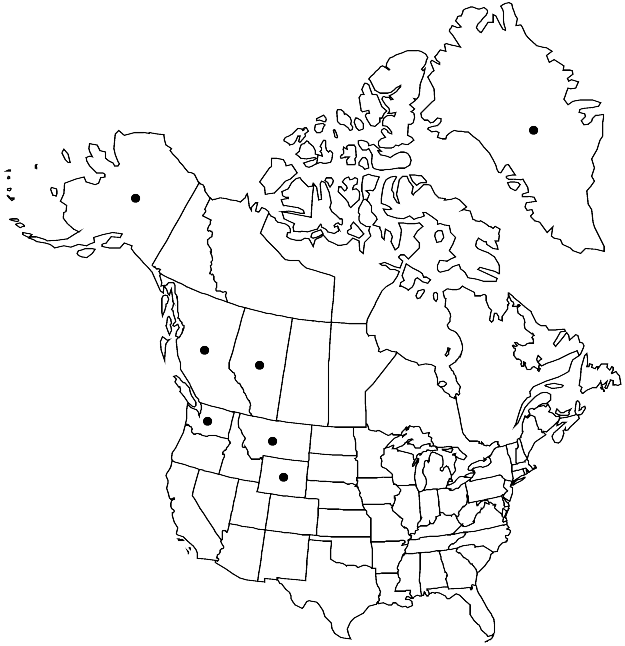Difference between revisions of "Pseudoleskea radicosa var. denudata"
Taxon 9: 191. 1960.
Basionym: Pseudoleskea sciuroides var. denudata Kindberg
FNA>Volume Importer |
FNA>Volume Importer |
||
| Line 50: | Line 50: | ||
|publication year=1960 | |publication year=1960 | ||
|special status= | |special status= | ||
| − | |source xml=https://jpend@bitbucket.org/aafc-mbb/fna-data-curation.git/src/ | + | |source xml=https://jpend@bitbucket.org/aafc-mbb/fna-data-curation.git/src/8f726806613d60c220dc4493de13607dd3150896/coarse_grained_fna_xml/V28/V28_564.xml |
|genus=Pseudoleskea | |genus=Pseudoleskea | ||
|species=Pseudoleskea radicosa | |species=Pseudoleskea radicosa | ||
Revision as of 17:06, 18 September 2019
Plants large, yellow-green, green, or orange-green. Stems with apices hooked, branches few or absent. Leaves not incurved, strongly falcate-secund, weakly concave, pluriplicate, 1.6–2.3 mm; apex long-acuminate; medial laminal cells opaque.
Phenology: Capsules mature Jul–Aug.
Habitat: Mesic soil under shrubs or on boulders, associated with snow banks, subalpine-alpine
Elevation: moderate to high elevations (900-3000 m)
Distribution

Greenland, Alta., B.C., Alaska, Mont., Wash., Wyo., w Eurasia, Atlantic Islands (Iceland).
Discussion
Variety denudata is distinguished by the large size, long unbranched stems with hooked apices, strongly falcate-secund leaves, and often pluriplicate lamina. The alar cells are often prorate; capsules are very rare.
Selected References
None.
Lower Taxa
None.